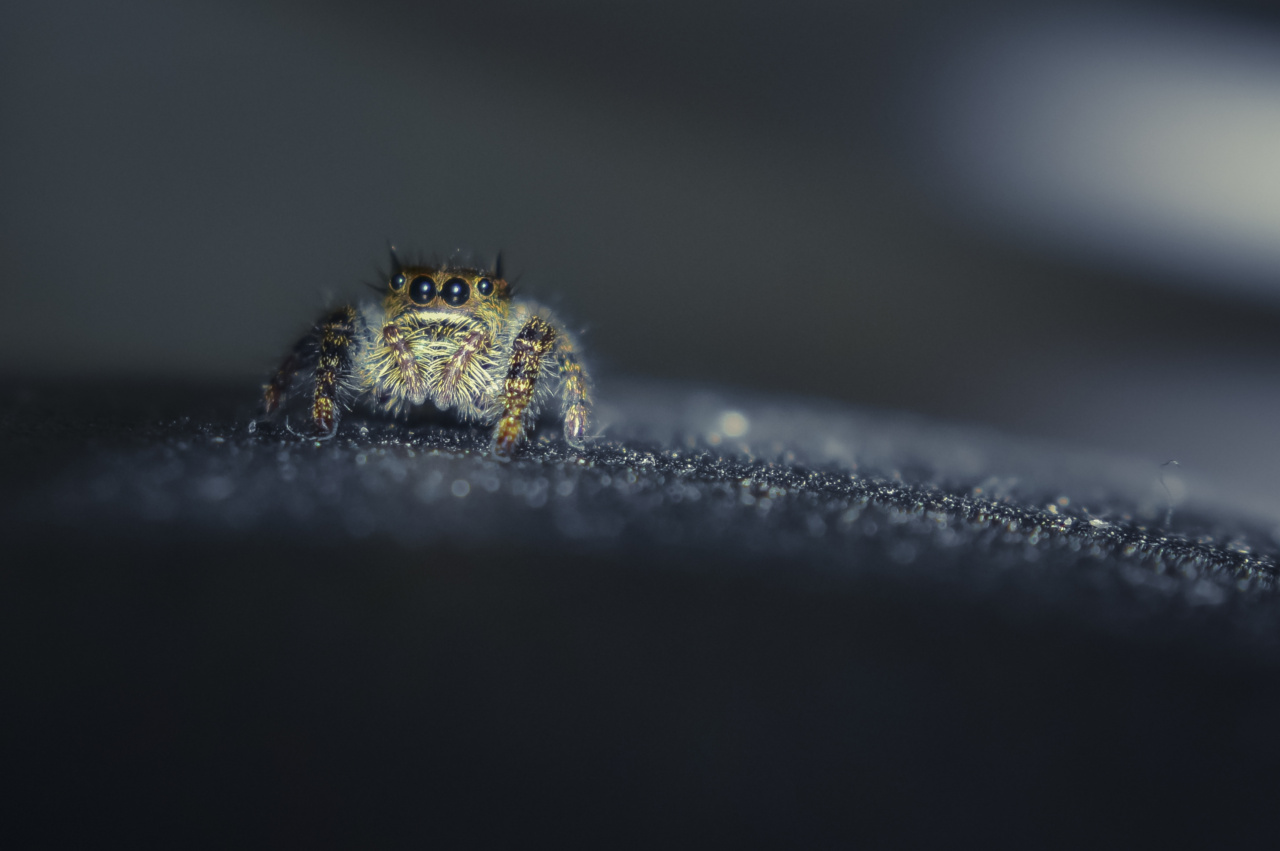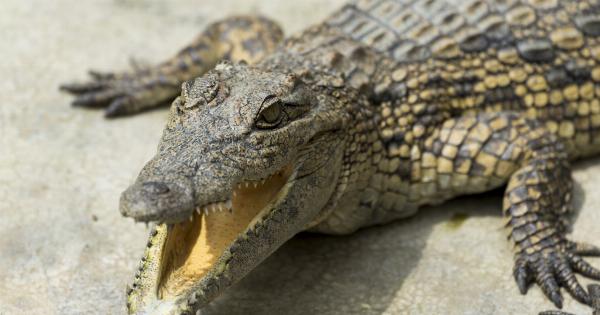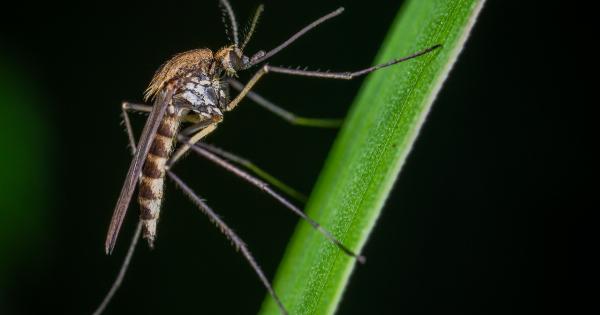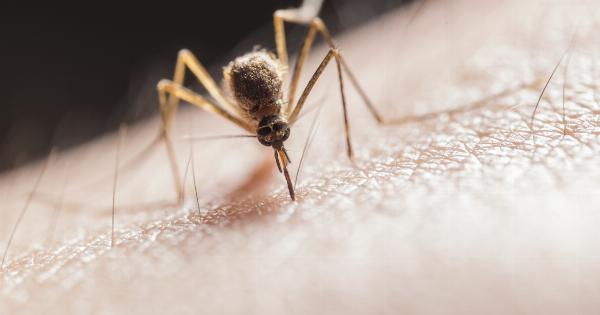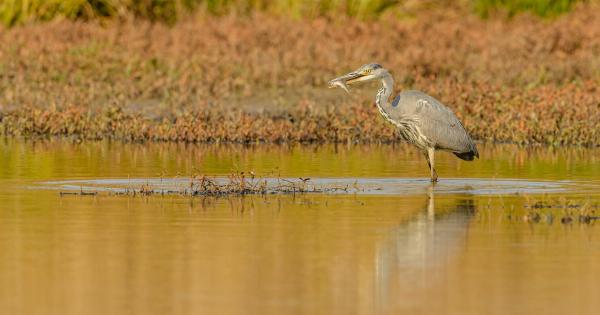Mosquitoes are small flying insects belonging to the family Culicidae. They are known for their irritating bites, high-pitched buzzing sound, and the diseases they can transmit.
Despite their small size, mosquitoes play a significant role in both the natural world and human health, making them a truly formidable creature despite their tiny stature.
Life Cycle and Habitat
Mosquitoes undergo a complete metamorphosis, which consists of four stages: egg, larva, pupa, and adult. The females lay their eggs on the surface of stagnant water or in areas that may soon be filled with water.
These eggs hatch into larvae, commonly known as wrigglers, which live in the water and feed on microorganisms and organic matter. The wrigglers eventually transform into pupae, also known as tumblers, before emerging as fully developed adults.
When it comes to their habitat, mosquitoes are quite adaptable and can be found in various environments around the world.
They thrive in areas with stagnant water, such as ponds, marshes, and even containers like flower pots or old tires that collect rainwater. Some species prefer freshwater, while others can tolerate brackish or saltwater habitats. Mosquitoes are also capable of surviving in different climates, ranging from tropical regions to temperate zones.
Feeding Habits
Only female mosquitoes feed on the blood of humans and animals, as they require the nutrients found in blood to develop and lay their eggs. Male mosquitoes, on the other hand, feed primarily on plant nectar and other sugary substances.
Female mosquitoes are equipped with specialized mouthparts designed to pierce the skin and locate blood vessels.
When a mosquito bites, it injects saliva into the skin to prevent blood from clotting, which can cause itching and inflammation.
This saliva may also contain pathogens that can be transmitted to the host, leading to various diseases, including malaria, dengue fever, Zika virus, and West Nile virus.
Impact on Human Health
Mosquito-borne diseases pose a significant threat to human health worldwide. Malaria, for instance, caused by the Plasmodium parasite and transmitted by certain mosquito species, affects millions of people each year, particularly in tropical regions.
Other diseases, such as dengue fever and Zika virus, have also gained international attention due to their rapid spread and severe health consequences.
In addition to transmitting pathogens, mosquito bites can cause allergic reactions in some individuals. Symptoms may include redness, swelling, and itching at the site of the bite.
Scratching these bites can lead to secondary infections and further complications.
Ecological Importance
Despite the havoc they can wreak on human health, mosquitoes do play a role in the natural world. They serve as a food source for various organisms, including fish, birds, and bats.
In turn, these predators help regulate mosquito populations, maintaining a delicate equilibrium in the ecosystem.
Mosquito larvae also contribute to nutrient cycling in aquatic environments by consuming organic matter and recycling nutrients.
Certain mosquito species are important pollinators, aiding in the reproduction of plant species and supporting biodiversity.
Mosquito Control Measures
Given the threats posed by mosquitoes, controlling their populations is essential to reduce the risk of disease transmission. Several measures are typically employed for this purpose:.
1. Eliminating breeding sites
Removing stagnant water from the surroundings helps prevent mosquitoes from breeding. Regularly emptying containers that collect water, such as buckets and flower pots, and ensuring proper drainage can be effective in reducing mosquito populations.
2. Applying insecticides
Insecticides can be used to kill adult mosquitoes and disrupt their breeding cycle.
It’s important to use these chemicals cautiously and according to the instructions provided, as they may have adverse effects on other organisms and the environment.
3. Using physical barriers
Individuals can protect themselves from mosquito bites by using mosquito nets while sleeping, wearing long-sleeved clothing, and applying insect repellents to exposed skin.
4. Biological control methods
Introducing mosquito predators, such as mosquito fish (Gambusia affinis) or the use of Bacillus thuringiensis israelensis (BTI), a naturally occurring bacterium toxic to mosquito larvae, can help control mosquito populations in specific areas.
Conclusion
Although mosquitoes may be small, they have a big impact on human health and the environment. Their ability to transmit diseases and cause discomfort through their itchy bites makes them a formidable adversary.
Understanding their life cycle, habits, and the measures available to control their populations is essential for safeguarding our health and creating a harmonious coexistence with these tiny yet terrible insects.
